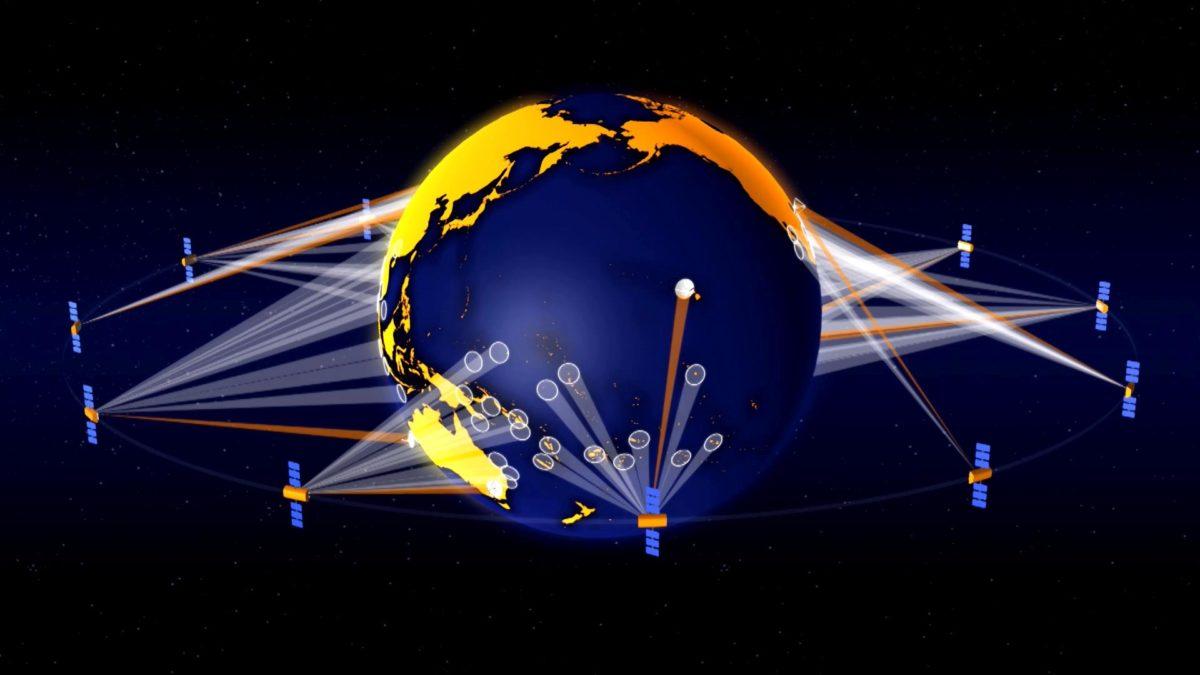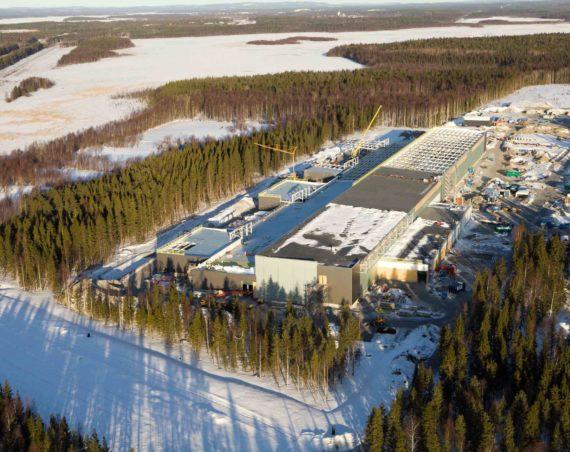
Humans have been launching tons of satellites into Earth’s orbit – many more in recent years than in the past. One-fifth of the 8,000 or so objects ever hurled into space took off within the last eight years.
Getting satellites into space is cheaper and easier than ever, making them an attractive new channel for transporting the massive amounts of data that now need to be transported around the globe. What hasn’t gotten cheaper are facilities on the ground for sending satellite data back and forth.
Companies want to make better use of satellite data, but access to enough ground stations is a big bottleneck. Building ground stations is expensive, and “I don’t know of too many companies who want to spend billions of dollars to do that,” Ken Lee, head of product marketing for global infrastructure and satellite at Amazon Web Services, said.
Today, companies that want to use satellite data lease ground stations, which is also a proposition few can afford.
AWS Ground Station, the new service the cloud giant announced last week at its re:Invent conference in Las Vegas, is an attempt to solve this bottleneck. The company wants to lower the barriers to using satellite data for companies the same way it lowered the barrier to using a global hyperscale computing platform – by selling ground-station access as a service.
Lee was back in Las Vegas this week, explaining the service to enterprise IT leaders at the Gartner IT Infrastructure, Operations, and Cloud Strategies conference.
Not only do you need access to ground stations to take advantage of satellite data, once you download it, “you need to send it somewhere to have it processed, to have it analyzed,” he said. “These are challenges that a lot of our customers are having, and all of it is very expensive.”
AWS is building a global network of ground stations, which will be located close to its data centers around the world. Each station will be near at least three satellites in orbit, he explained. You’ll be able to download data from space in Sydney, for example, and send it to Frankfurt, Tokyo, or any other place where Amazon’s cloud has an availability region.
From a business perspective, not only is this a new revenue source for AWS – the company plans to charge customers for base station access time and bandwidth consumed – it’s also another way to get customer data into its cloud, where customers can use the myriad AWS services to process it.
Amazon launched a preview version of the service last week with two initial ground stations. It plans to launch 10 more next year, Lee said.
One potential use case could be improving natural disaster response time. “It happens in the world all the time, and we read about it in the news,” he said.
Days can go by before first responders get an analysis of imagery from an affected area today, he said. With AWS’s new service they could command a satellite to get the imagery, process it, assess the damage, and act much sooner.
Other use-case examples include faster weather predictions and near-real-time assessment of business trends across different geographic areas. Those are just a few examples, and AWS expects new use cases to emerge as more businesses get this new capability they never had before, Lee said.


